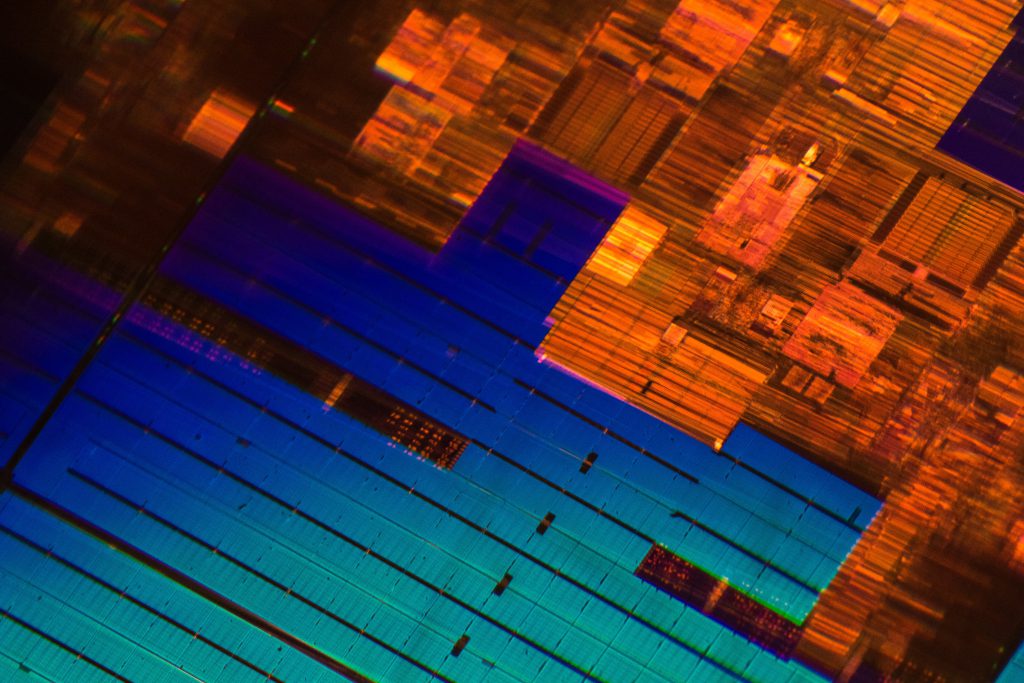New technologies, new specs and new innovations: major western car manufacturers are looking towards the emerging markets to get a taste of what’s hot and what’s not. And, as many Asian cities expand beyond the 10 million inhabitants mark, these megacities are shaping the output of vehicles suited to congested, urban environments. So, if you’re looking for new concepts and new solutions for your fleet, it might be worthwhile to look east.
BRIC Nations
Brazil, Russia, India and China are the 4 fastest developing nations but all eyes are currently on China with its rapidly growing middle class and its rapid migration from the countryside to urban areas. China is currently the world’s largest car market by volume and even though the growth is beginning to slow, the market is still set to expand 8-10% on a yearly basis. Car manufacturers view China as the key growth market and therefore what sells in China will have a direct impact on the types of cars we will see in the rest of the world. This is already evident in the introduction by BMW of the 7 and 5 series models to meet the demands of the Chinese luxury car buyers and their demand for presence and scale.
On the other hand, the centre of gravity in the Chinese market has shifted to the middle-class and low-cost range, where there is even less distinction between what we in the west consider to be established and challenger brands. This offers the opportunity for the latter to make a leap by coming to market with the right product and proposition.
The smartphone as blueprint for vehicle design
Buyers in China are likely to have a smartphone as first technological investment, prior to car ownership. So there is an inherent assumption that the car will take maximum advantage of the phone’s capabilities. In the same line, alternate propulsion methods are more likely to succeed in China, with fewer preconceptions about range, cost and prestige of buyers in Western markets. Secondly, due to the rapid urbanisation of the country, new charging or hydrogen distribution networks can be built more easily.
Also in the way of mobility supporting networks and services, much can be learnt from these economies. Megacities are being designed from the ground up and the solutions China finds for these cities are bound to influence urban landscapes as well as smarter traffic management, smarter journey planning and new communal transport solutions.
Made in China
It is to be expected that “native” Chinese manufacturers will at some point begin to gain presence in the Western markets. This is likely to start off in the form of low-cost commercial vehicles eventually extending into passenger cars.
What does this mean for fleet management?
For leasing companies that are able to gain an understanding of how these markets work, the emerging markets provide a huge opportunity to present a compelling alternative to outright purchase.
Secondly, with Chinese manufacturers trying to gain a foothold into the European market, they will be eager to get vehicles into organisations that can give them volume and profile. This may initially mean targeting TCO (Total Cost of Ownership) sensitive sectors such as commercial fleets provided they can convince clients of a TCO reduction despite untested total lifecycle costs.
Finally, existing perceptions of manufacturer brands will be challenged as vehicles originating from emerging markets find their way on to fleet lists, particularly where low cost is paramount.




